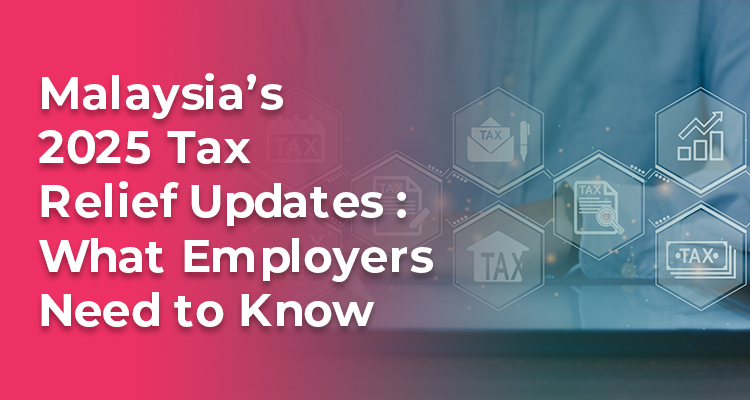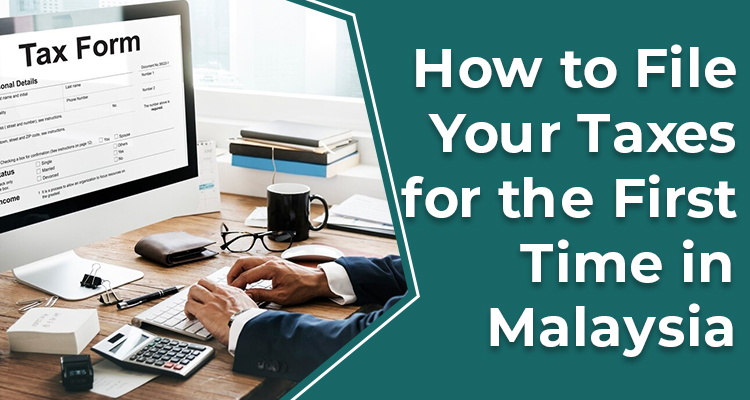
Understanding PCB (Potongan Cukai Bulanan): A Guide for Malaysian Employers
Understanding PCB (Potongan Cukai Bulanan): A Guide for Malaysian Employers
If you're managing payroll in Malaysia, you've likely come across the term PCB — Potongan Cukai Bulanan, or Monthly Tax Deduction. While it’s a standard part of salary processing, many employers, especially SMEs, still struggle to fully understand how PCB works and how to stay compliant with LHDN (Inland Revenue Board of Malaysia) regulations.
Incorrect PCB deductions can lead to penalties, employee dissatisfaction, and unwanted attention from tax authorities. Here’s a clear, straightforward guide to help Malaysian employers get PCB right.
What Is PCB (Potongan Cukai Bulanan)?
PCB is Malaysia’s version of a Pay-As-You-Earn (PAYE) system. It requires employers to deduct a portion of an employee's monthly salary to cover their annual income tax. Instead of employees paying a lump sum at the end of the year, PCB spreads tax payments across 12 months, making it easier for both employees and the government.
This deduction is mandatory for employees whose annual income exceeds the taxable threshold set by LHDN.
Who Needs to Pay PCB?
All Malaysian employees, including resident foreigners, are subject to PCB if their income exceeds the minimum taxable level after considering approved reliefs and deductions.
Employers must:
Register with LHDN as a tax deduction agent.
Ensure timely and accurate deductions from eligible employees.
Submit PCB payments to LHDN every month.
Failure to deduct or late submissions will expose employers to fines and penalties
How Is PCB Calculated?
PCB isn’t a flat percentage — it’s calculated based on:
1. Employee’s monthly salary
2. Marital status
3. Number of children
4. Approved deductions (e.g., EPF contributions, Zakat payments)
Employers can use:
The official PCB schedule provided by LHDN.
An approved payroll software that automates PCB calculations according to the latest tax rates.
Manual calculations increase the risk of errors, especially when factoring in bonuses, commissions, or variable allowances.
When Should PCB Be Paid to LHDN?
Employers must remit PCB deductions by the 15th of the following month. For example, PCB for April salaries must be submitted by May 15th.
Late payments will incur:
A 10% penalty on the outstanding amount.
An additional 5% if payment remains unpaid after 60 days.
Consistent late submissions can trigger audits or enforcement actions by LHDN.
Common PCB Mistakes Employers Make
Incorrect classification of taxable benefits —
Certain allowances are taxable, and missing these leads to under-deduction.
Not updating employee status —
Changes in marital status or dependents affect PCB rates.
Forgetting to include bonuses or commissions —
These must be included in PCB calculations for the month they’re paid.
Using outdated PCB tables —
Tax rates and reliefs can change yearly.
These mistakes are easily avoided with automated payroll systems that stay updated with LHDN guidelines.
Why Automating PCB Makes Sense
Keeping track of every employee’s tax situation manually is inefficient and risky. Payroll software designed for Malaysian businesses, like HR2eazy, automates PCB calculations, generates reports, and ensures timely submissions — reducing compliance risks and saving HR teams countless hours.
Automation also provides transparency, allowing employees to view their monthly deductions clearly on payslips, reducing confusion and payroll-related queries.
Conclusion: Stay Compliant and Stress-Free with PCB
PCB compliance is a critical part of payroll management in Malaysia. Understanding how it works — and using the right tools — ensures your business avoids penalties while keeping employees satisfied with accurate deductions.
If you're still handling PCB manually, now’s the time to switch to a smarter, automated solution.
Simplify PCB Calculations with HR2eazy
Let HR2eazy - designed specifically for Malaysia’s payroll needs — handle your PCB deductions, submissions, and reporting — so you never miss a deadline or make costly mistakes.
Contact us today for a free demo and see how easy payroll compliance can be.


